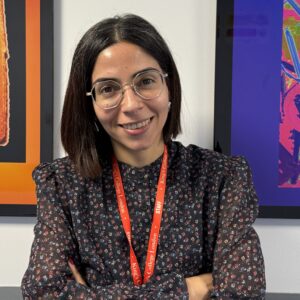
Beyond Broken Hearts: The Promise and Limitations of Beta-blockers and Renin-angiotensin System Inhibitors for Takotsubo Syndrome
Author Sub-editor: Dr Tha Htet Nyi Dr Tha Htet Nyi is a cardiology registrar in South London Deanery with subspecialty interests in multimodal cardiac imaging and






